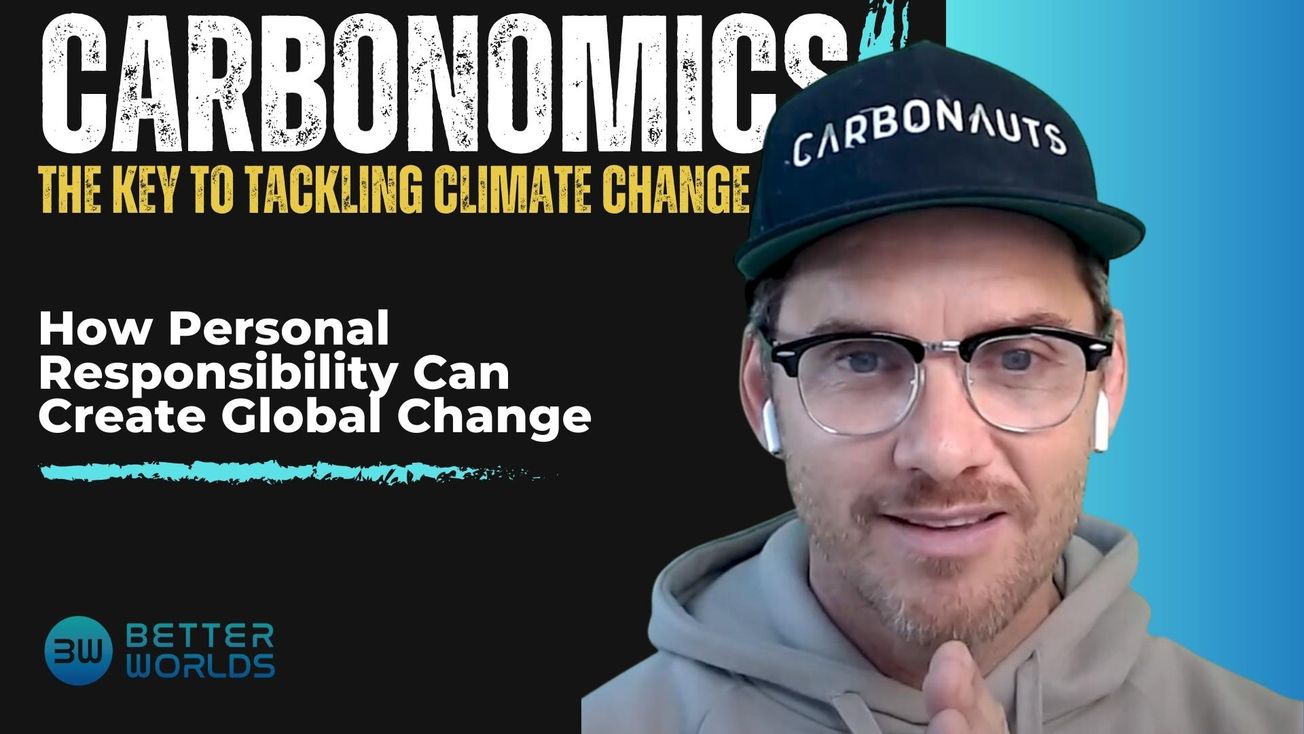How does the Toucan Protocol address proof of impact and auditability of tokenized environmental impact projects to increase transparency?
Moreover, how do these protocols make it easy for consumers to check to make sure impact claims, or carbon credits, and that they agree with the certified claim that brought the credit to life?
John Hoopes, aka John X, is Co-Founder and Head of Ecosystems for Toucan Protocol. He discusses with Better Worlds host Julian Guderley how Toucan makes transaction data available for anyone to see, anytime, anywhere in the world. Instead of exchanging emails on carbon deals, where many take place, and spending days or weeks in the transaction, this carbon credit purchase shows the price, takes only a couple of seconds to complete, finalize and post to your account.
Hoopes discusses Toucan’s mission to bring visibility into transaction patterns and pricing to help the market engage in buying and selling in a more informed way while driving fairness and equitability. On the demand side, the carbon reduction and offset claims by sharing the neutrality claims within an accessible retirement portfolio.
John works to contribute meaningfully to building more resilient systems to support human flourishing. The Toucan focus is at the intersection of spatial data and Web3 technologies - remote sensing, web mapping, and spatial data science along with consensus networks, blockchains, smart contracts and decentralized identity. Toucan is a carbon bridge that connects open climate registries to source registries set up by different standards and certifiers, bringing them all into a unified harmonized open registry with functionality enabled by smart contracts.













